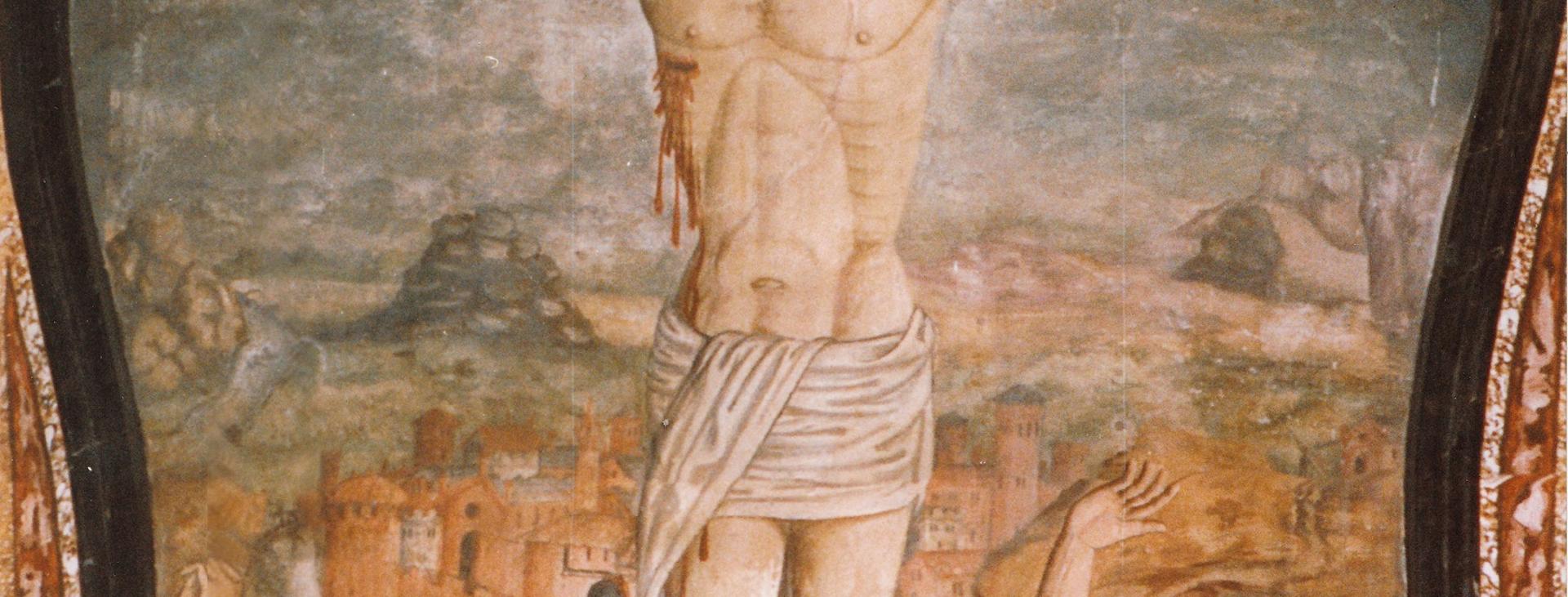
SCARNAFIGI
- Home
- The Territory, our home - Visit Cuneese
- SCARNAFIGI, CITY OF CHEESE
SCARNAFIGI, CITY OF CHEESE
Scarnafigi lies on the Saluzzo plain, near the ancient border between the Duchy of Savoy and the Marquisate of Saluzzo. The flourishing dairy and cattle breeding industries at the base of the chain today represent the identity of the area, capable of expressing true excellence in the form of its products, such as Bra and Raschera Dop cheeses.
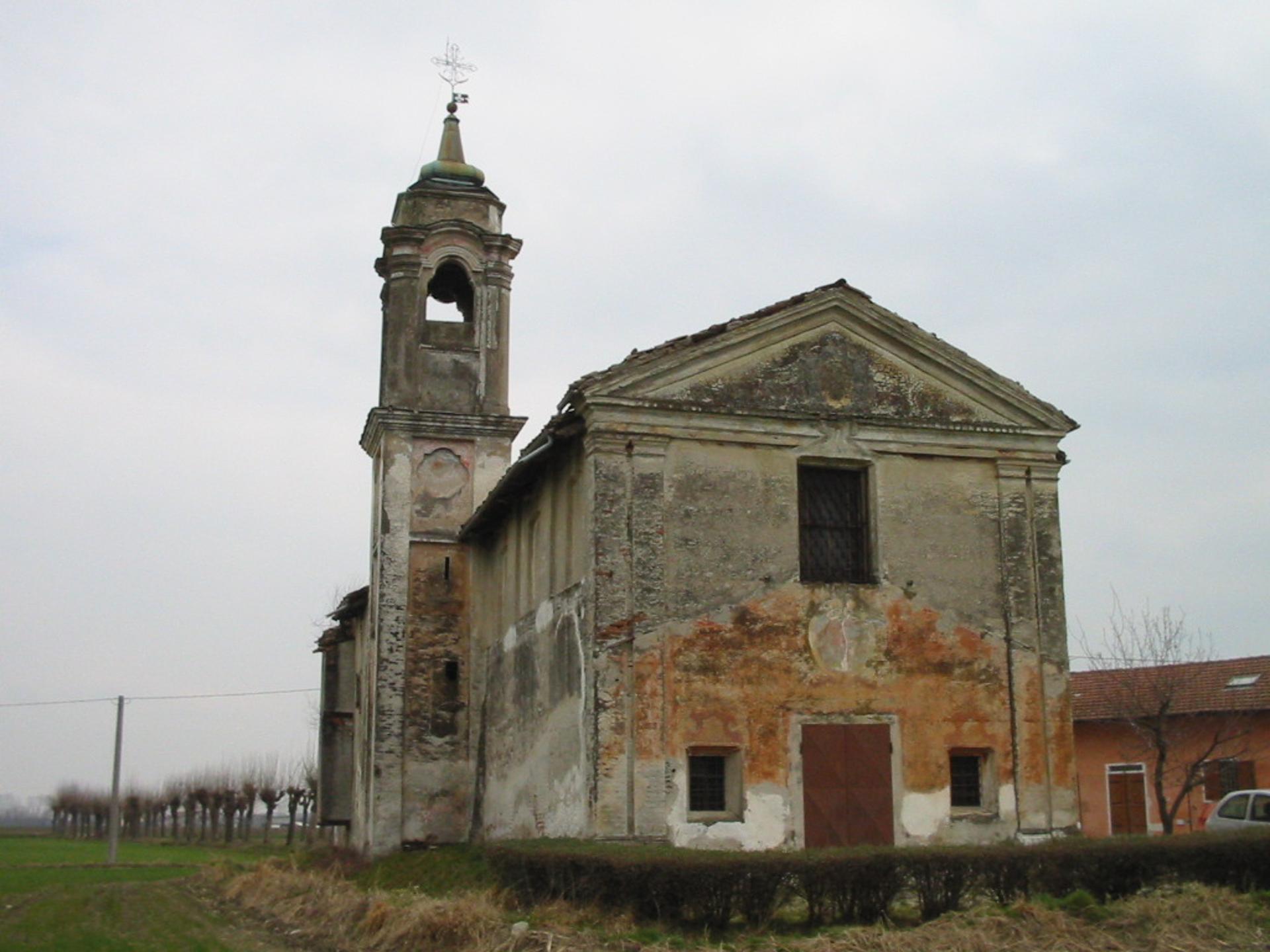
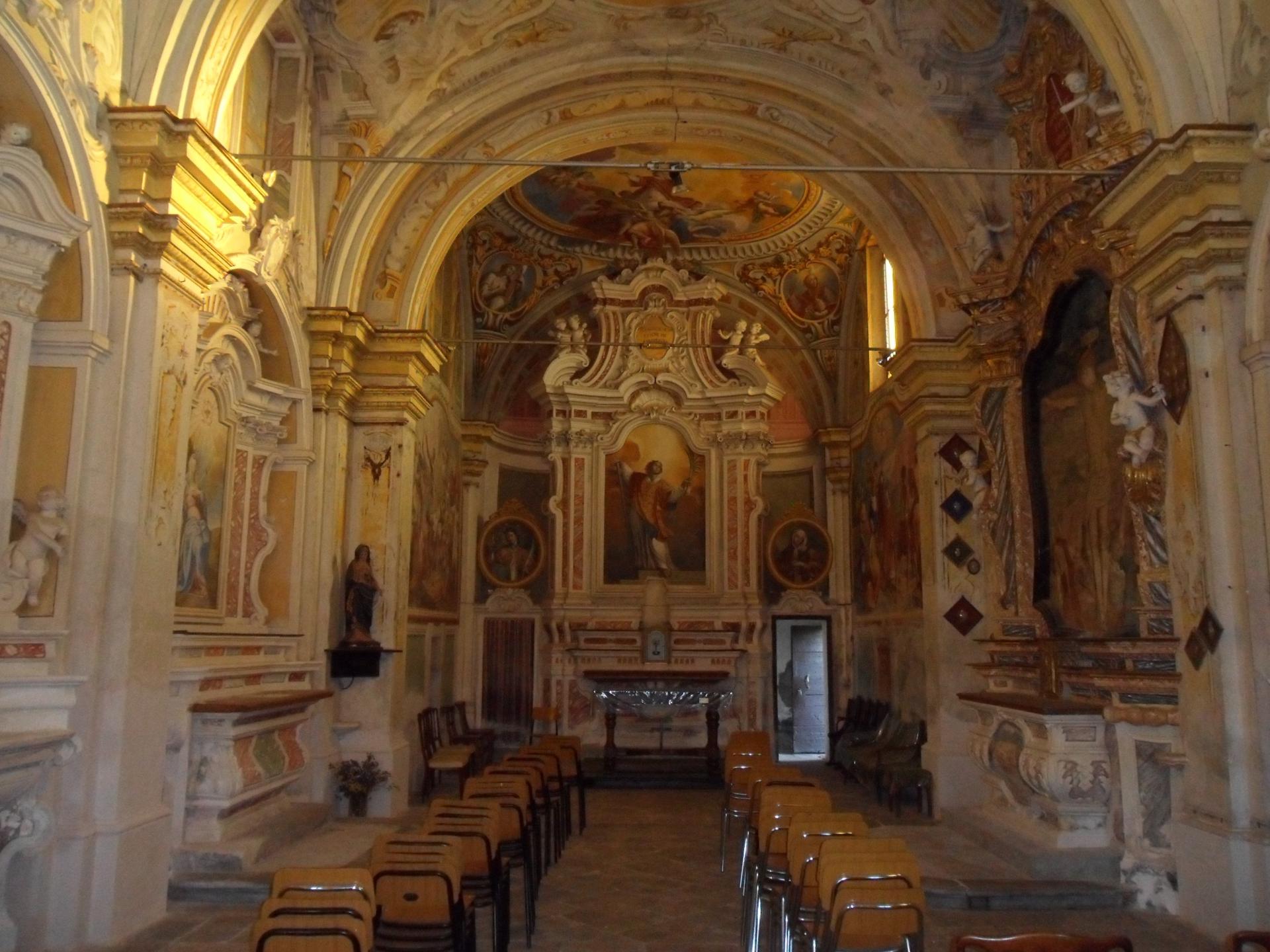
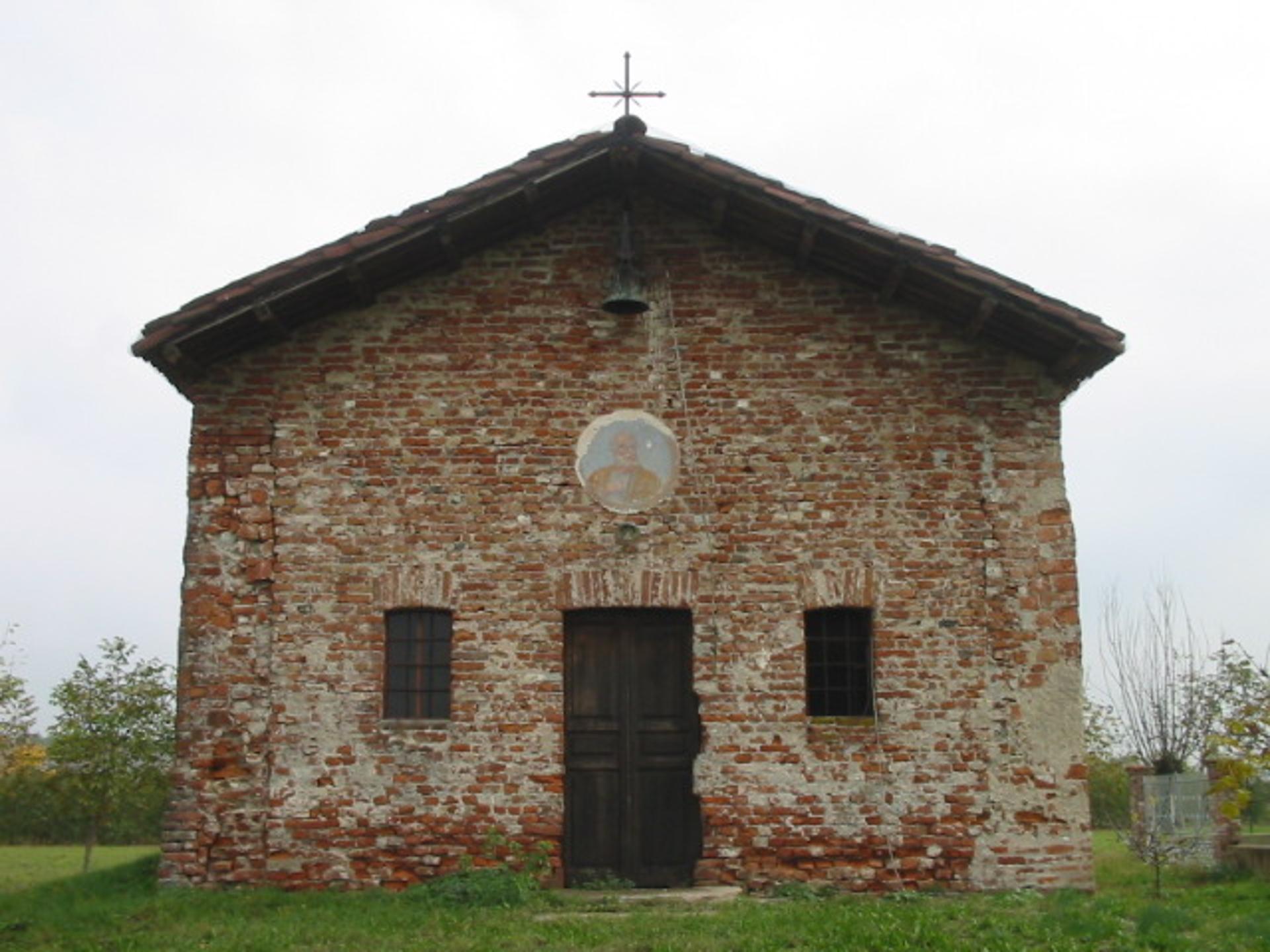
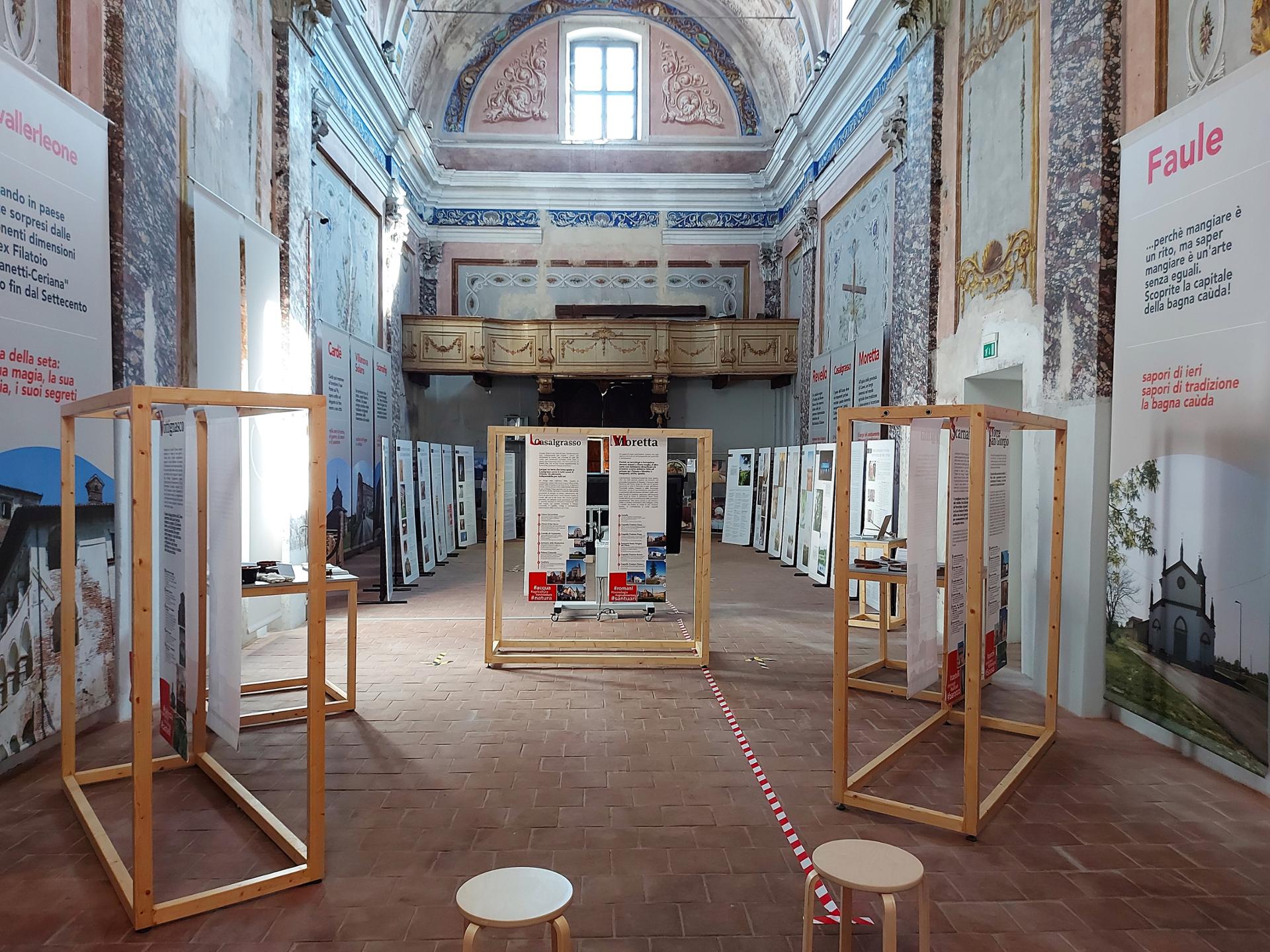
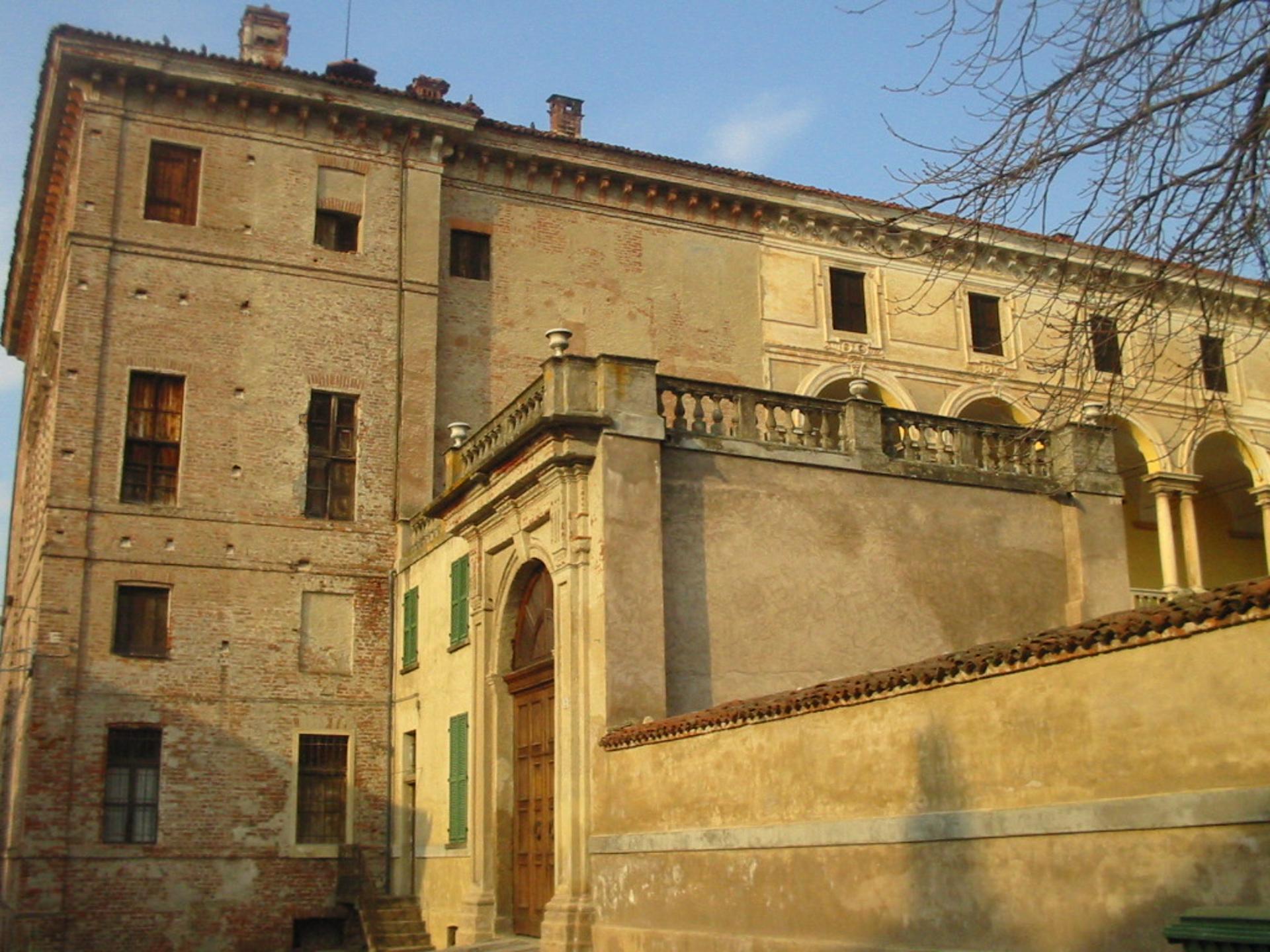
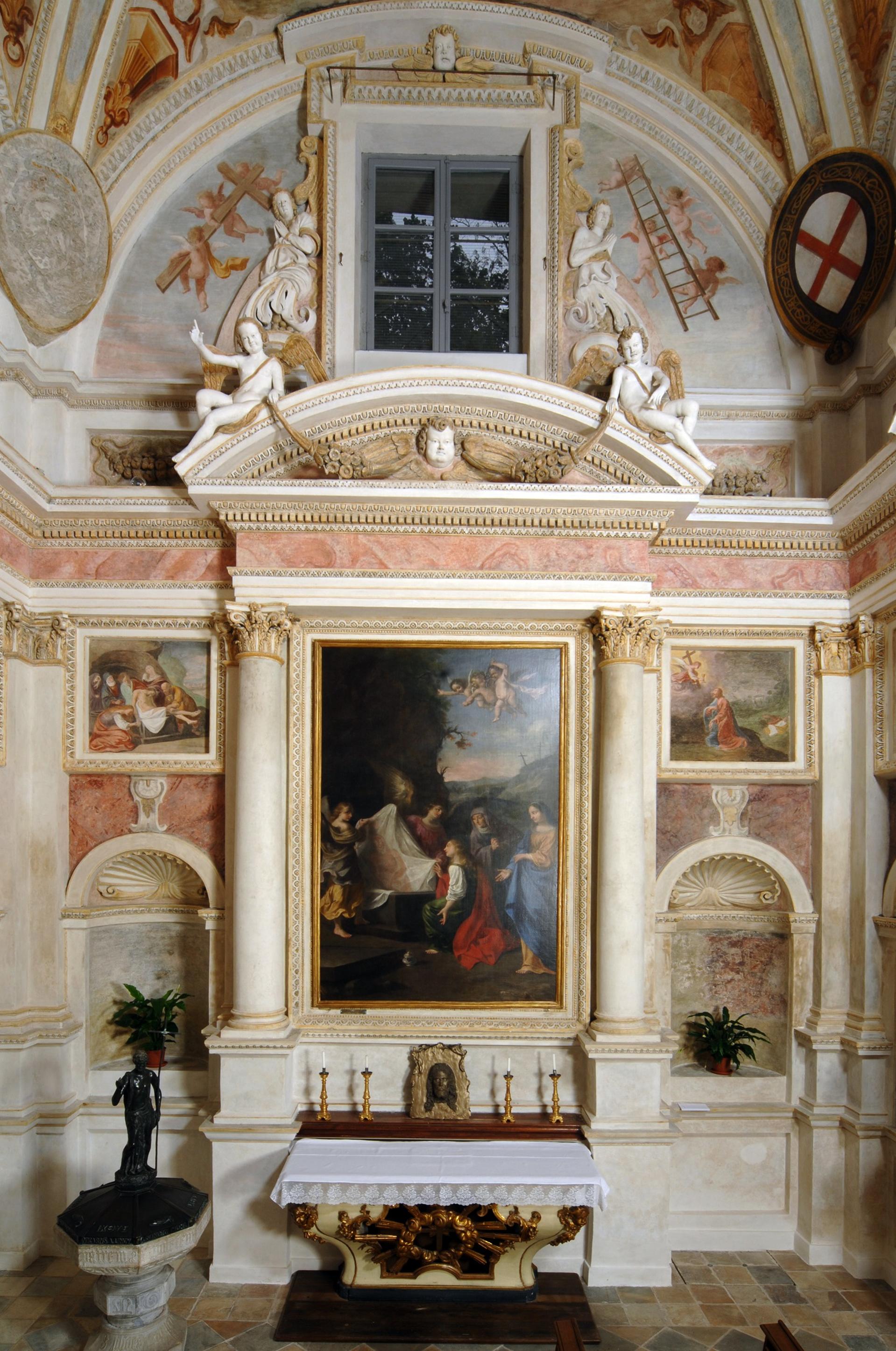






Discover
more

The first traces of human settlements date back to the Bronze Age and the Late Roman and Longobard eras, while the first document attesting to the existence of the village is dated 989. The city’s particular strategic location profoundly characterises the historical events of Scarnafigi. From the 13th century onwards, it saw the Marquises of Saluzzo, the lords of Barge, the Counts of Savoy and the noble De Ponte family take turns managing the fiefdom.
The built-up area of Scarnafigi developed around the castle, which started out as a fortified palace and was transformed into a noble residence in the mid 17th century on the initiative of Marquis Alessandro De Ponte. In the oldest part of the castle, the one dating back to the year 1000, is the valuable Hall of Coats of Arms with a coffered ceiling and ancient paintings.
From the old town centre, characteristic narrow streets unravel in a circular pattern, leading to other important buildings, such as the late 18th century Parish Church of Our Lady of the Assumption, which stands on the original site of the original chapel dedicated to St Mary. Inside is the chapel of the Holy Shroud with the painting of the Shroud by Giovanni Claret, dated 1644, above the altar.
Don't miss the Town Hall building, with its facade, dating back to 1824, still intact and where the coat of arms of the Scarnafigi Municipality dating back to the 17th century has recently been restored; the Collegio, a building purchased by private individuals, formerly the site of an apostolic school that later became a lay boarding school, closed in 1981 due to a lack of seminarian students; the Confraternity of the Holy Cross, built in 1700-1701 on the initiative of the 'Officers of the Crusade' on the ruins of another church of modest structure, now home to the multimedia point of the Octavia Association; and the church adjacent to the Shelter in Piazza Ospedale dedicated to the Blessed Virgin of the Conception, built in 1757. Inside is a well-preserved cycle of paintings on the life of the Madonna.
In the rural area, the Sanctuary of Christ with its remarkable 15th-century frescoes, including the image of Christ Crucified, the author of which may have belonged to the school of Flemish painter Hans Clemer, and the old chapel of the Holy Trinity with interesting Gothic frescoes, including the 'mural' also with iconography of Christ Crucified, are worth mentioning.
The village is also embellished by several sculptures conceived, designed and planned by the architect and brilliant artist Mario Guasti. The installations represent the cornerstones of the virtues of every human being and well sum up the character of the local people: responsibility and action, logic and thought, curiosity and knowledge, joy and truth.
On the strength of a tradition rooted in the early 20th century, Scarnafigi holds the title of City of Cheese and with the nearby village of Ruffia creates a cheese production district capable of transforming thousands of quintals of milk every day into Grana Padano, Piemontino, Bra, Raschera, Toma and other smaller productions. A variety of high-quality flavours showcased at the end of May during the traditional Spring Fair.
esempi di as xml: xml serveResource con templateId (chiave)
esempi di as json: json serveResource con templateId (chiave)
esempi di as json e siteId: json serveResource con siteid
en_US
What
to do
en_US
Experiences
No result found
en_US
Where
sleeping
en_US
Offers
en_US
Info





